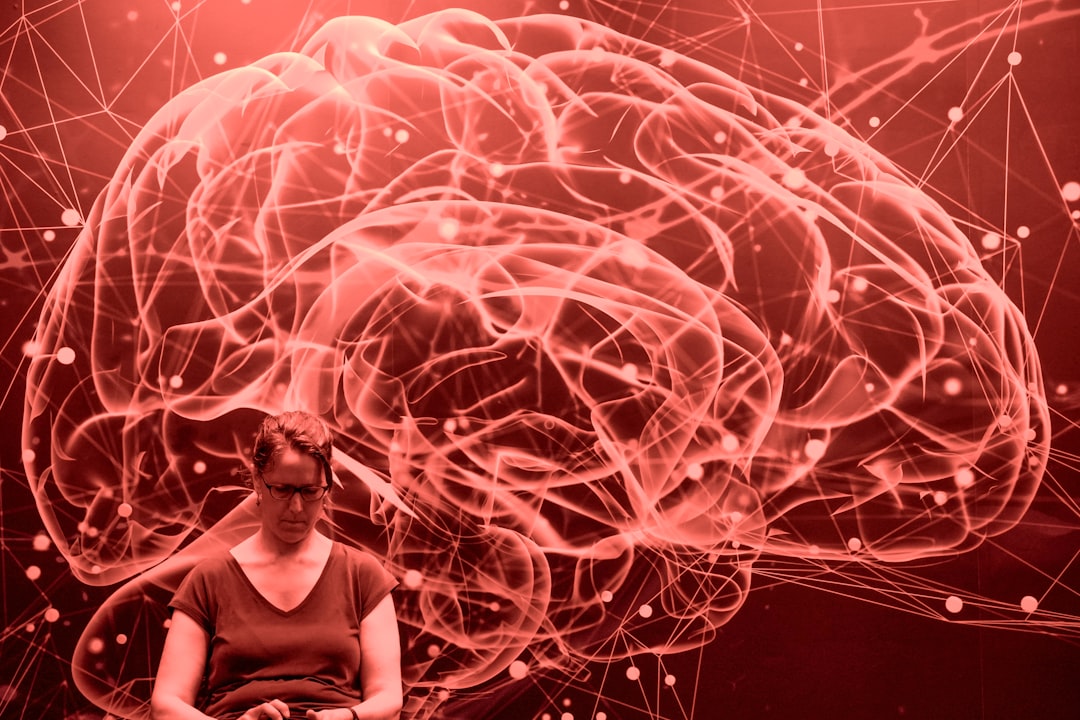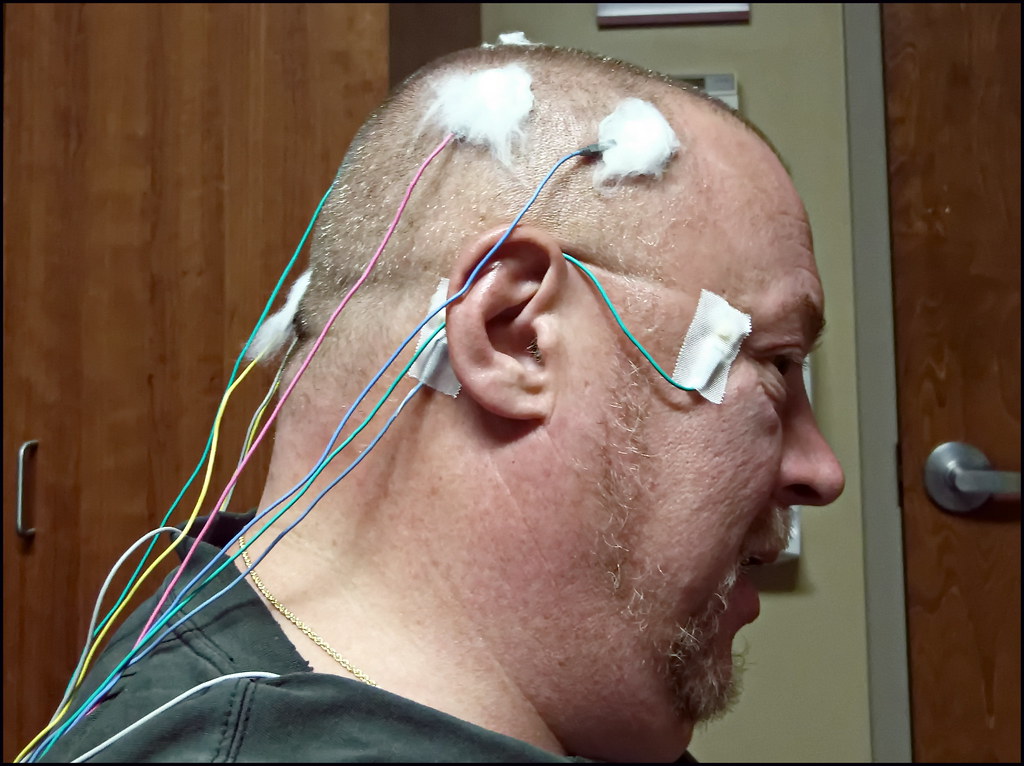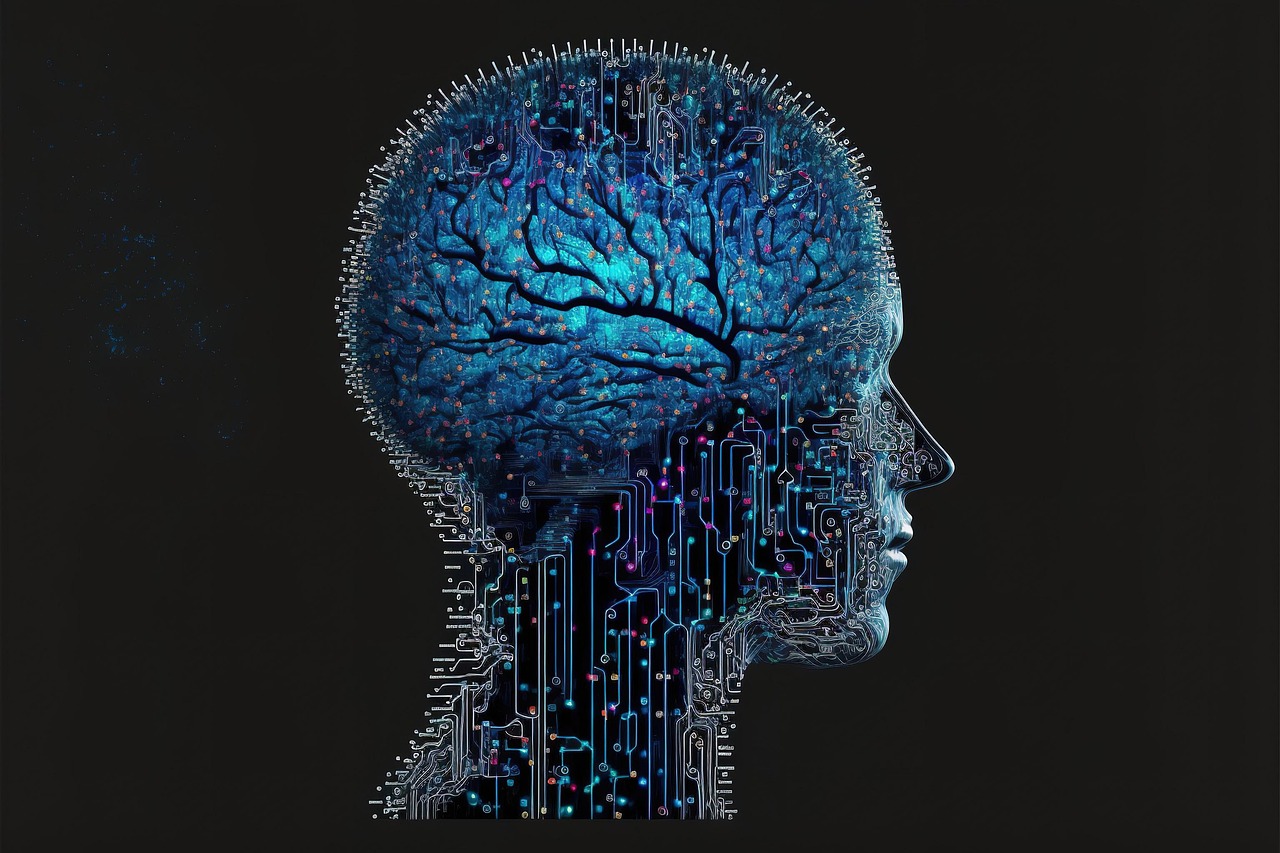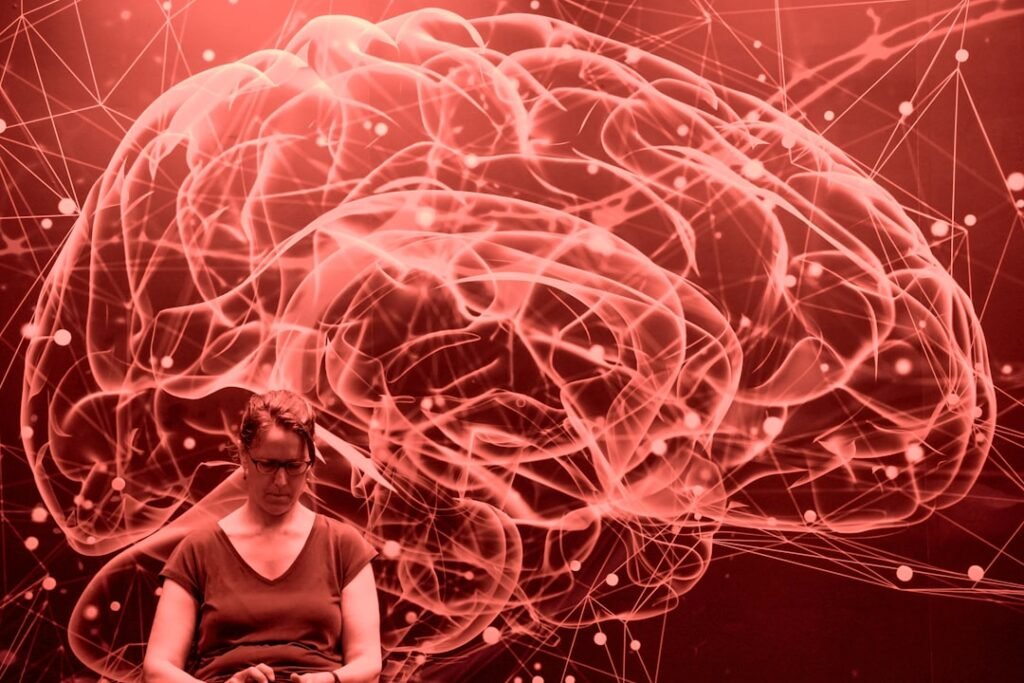Picture yourself waking up from a vivid dream, only to discover that someone else experienced the exact same narrative down to the smallest details. This isn’t the plot of a science fiction movie. Various reported mutual dream narratives have been analyzed, suggesting that shared dreaming might be more than just an urban legend. Throughout history, humans have reported experiencing identical dreams with others, creating a mystery that continues to challenge our understanding of consciousness and the sleeping brain.
The phenomenon has captured the attention of researchers worldwide, who are now documenting cases with scientific rigor. The best-documented cases involve therapist-client shared dreams. In these, there is a professionally trained therapist who verifies the claim that the dream happened to both the therapist and the client around the same time. Yet despite mounting anecdotal evidence and preliminary studies, the scientific community remains divided on whether genuine dream-sharing is possible or merely an elaborate coincidence.
The Science Behind Documented Mutual Dreams

Studies suggest that most reported mutual dreams occur between two people, commonly involving friends, relatives, or significant others. This statistical breakdown reveals fascinating patterns that suggest shared dreaming isn’t random but follows specific relationship dynamics.
What makes these cases particularly intriguing is their consistency across different studies. Mean similarity ratings for dream settings, themes, characters, events, and objects were all above 4.0 where 5.0 indicated identical content. These remarkably high similarity scores indicate that people aren’t just sharing vague dream themes but detailed, specific experiences that align with extraordinary precision.
Neurological Mechanisms That Could Enable Shared Dreams

Many findings pointed out that mental activity during sleep and wakefulness shared similar neural bases. On the other side, recent studies have highlighted that dream experience is promoted by significant brain activation, characterized by reduced low frequencies and increased rapid frequencies. This neurological foundation provides a potential framework for understanding how shared experiences might occur during sleep states.
One hypothesis for parallel dreaming involves neural synchrony, the phenomenon where brain waves of different individuals synchronize. Research has shown that people can achieve brainwave synchronization through activities like meditation and music. If two emotionally connected individuals can synchronize their neural activity while awake, the possibility extends to synchronized dreaming during sleep.
The concept of brainwave entrainment offers another compelling explanation. High-frequency neural oscillations are associated with various aspects of dream consciousness, suggesting that specific neural frequencies are associated with dream consciousness. When individuals share close proximity or strong emotional bonds, their brain patterns might naturally align during REM sleep phases.
The Role of Emotional Connections in Shared Dreaming

Mutual dreams tend to occur in close dyadic relationships, be very similar in content, and occur when related dreamers are separated and not feeling very intimate. “Noticing” or constructing mutual dreams may therefore be related to a need for emotional closeness or attachment in relationships. This finding suggests that shared dreams might serve an important psychological function rather than being merely coincidental.
A 2017 study explored the idea that shared dreams come from a desire to enhanced emotional attachments in relationships. The main focus was on the relationship between two dreamers and the study found these dreams tended to occur when the subjects were feeling a sense of separation and lack of intimacy in their daily lives. This research indicates that mutual dreams might be the mind’s way of maintaining connections during physical or emotional distance.
The timing of these experiences adds another layer of complexity. Dreamers did not typically speak together during the dream and 48% had the dream while in different locations. This geographical separation rules out external environmental factors, suggesting the phenomenon operates through purely internal mechanisms.
Historical Documentation and Cultural Perspectives

Ancient civilizations, such as the Egyptians and Greeks, also documented instances of shared dreams, often attributing them to divine intervention or supernatural forces. These historical accounts demonstrate that shared dreaming isn’t a modern phenomenon but has been recognized across different cultures and time periods.
Ancient Mesopotamian texts document the dreams of royalty and their interpretation. It was believed that dreams could be used for divination. Then we have accounts from ancient Egypt dating back several millennia Priests would interpret dreams in ancient Egypt and use them to divine the future. These ancient civilizations placed tremendous importance on dreams as sources of guidance and connection.
Dreams were very important things in ancient cultures. And, in almost all ancient cultures it was believed that shared dreaming was possible. This widespread cultural acceptance suggests that shared dreaming may be a fundamental human experience that transcends specific societies or belief systems.
Modern Research Challenges and Methodological Issues

Although compelling, documented cases of individuals claiming to have shared the exact same dream remain anecdotal, and there is no definitive scientific proof that this type of dream-sharing is possible. This limitation represents one of the biggest obstacles facing researchers attempting to study shared dreaming phenomena.
First, all we have are anecdotal reports. People believe they experienced the same dream, but we have to remain skeptical until controlled scientific investigations are conducted. The subjective nature of dreams makes them particularly difficult to study using traditional scientific methods that require objective, measurable data.
Psychologists even recognize this phenomenon though they are at a loss to explain it as there have been no scientific investigations into it. I suppose the best way to prove or disprove that shared mutual dreaming is possible is to experiment with it and the only people who could really do that consciously and consistently are lucid dreamers. This observation highlights the potential role of lucid dreaming research in advancing our understanding of shared dream experiences.
The Quantum Consciousness Connection

A more speculative and controversial theory involves quantum entanglement, a phenomenon where particles become interconnected and instantly influence each other, regardless of distance. Some researchers have posited that human consciousness might exhibit properties of quantum entanglement, allowing for shared experiences across space and time. While this idea is far from mainstream acceptance, it adds an intriguing layer to the discussion.
This quantum approach to consciousness suggests that individual minds might not be as separate as traditionally believed. If consciousness operates partially through quantum mechanisms, then the boundaries between different people’s dream experiences could theoretically become permeable under certain conditions.
The concept gains additional credibility when considering that quantum effects have been observed in biological systems, including potentially in neural microtubules. Though highly controversial, some researchers propose that consciousness itself might emerge from quantum processes within the brain, opening possibilities for non-local connections between minds.
Neurologists’ Current Perspectives and Future Research

Overall, although multiple studies suggest that both the continuity and activation hypotheses provide a growing understanding of neural processes underlying dreaming, several issues are still unsolved. The impact of state-/trait-like variables, the influence of circadian and homeostatic factors, and the examination of parasomnia-like events to access dream contents are all opened issues deserving further deepening in future research.
Famous lucid dreamer Stephen LaBerge began conducting research into shared lucid dreaming in 2019 with results still pending. This ongoing research represents one of the most promising avenues for scientifically investigating shared dream phenomena using controlled experimental conditions.
While brainwave alignment is measurable, proving that two people are experiencing the exact same dream remains a challenge due to the inherently subjective nature of dreams and the absence of technology capable of directly capturing dream content. However, emerging neurotechnology may eventually provide the tools necessary to decode and compare dream experiences objectively.
What This Means for Our Understanding of Consciousness

Whether or not parallel dreaming can be scientifically validated, its significance lies in its impact on those who experience it. Shared dreams can deepen relationships, providing a unique form of connection that transcends waking life. They can also offer insights into the collective unconscious, suggesting that our minds might be more interconnected than we realize.
The implications extend far beyond just understanding dreams. If shared dreaming proves to be genuine, it would fundamentally challenge our current models of consciousness and individual identity. But other alternative explanations are equally unappealing: For example, two people having the same dream seems to suggest that dreams are not mere products of the sleeping brain. Instead, they arise outside of us and then “happen” to us. They are in some sense independent of the minds that record and express them.
This perspective suggests that consciousness might operate through mechanisms we don’t yet fully understand. Rather than being confined within individual brains, awareness might sometimes transcend these boundaries, allowing for genuinely shared experiences that blur the lines between separate minds.
The phenomenon also raises intriguing questions about the nature of reality itself. If two people can experience identical dream scenarios with matching details, what does this tell us about the relationship between subjective experience and objective reality?
Conclusion

The mystery of shared dreams continues to challenge both scientists and dreamers alike. While definitive proof remains elusive, the accumulating evidence suggests that something remarkable might be occurring during our most vulnerable sleeping moments. Nevertheless, I have learned to respect anecdotal reports in the world of dream research because these reports are usually reliable. There is no incentive for people to lie about the experience.
Whether shared dreaming represents a genuine paranormal phenomenon, an undiscovered neurological mechanism, or something else entirely, these reports are forcing us to reconsider fundamental assumptions about consciousness, connection, and the boundaries of individual experience. As neurotechnology advances and our understanding of the sleeping brain deepens, we may finally unlock the secrets behind these enigmatic shared journeys into the realm of dreams.
What do you think about the possibility of sharing dreams with someone else? Tell us in the comments.

Jan loves Wildlife and Animals and is one of the founders of Animals Around The Globe. He holds an MSc in Finance & Economics and is a passionate PADI Open Water Diver. His favorite animals are Mountain Gorillas, Tigers, and Great White Sharks. He lived in South Africa, Germany, the USA, Ireland, Italy, China, and Australia. Before AATG, Jan worked for Google, Axel Springer, BMW and others.




